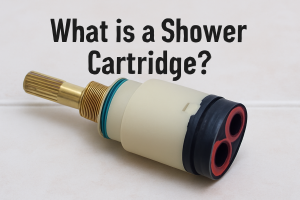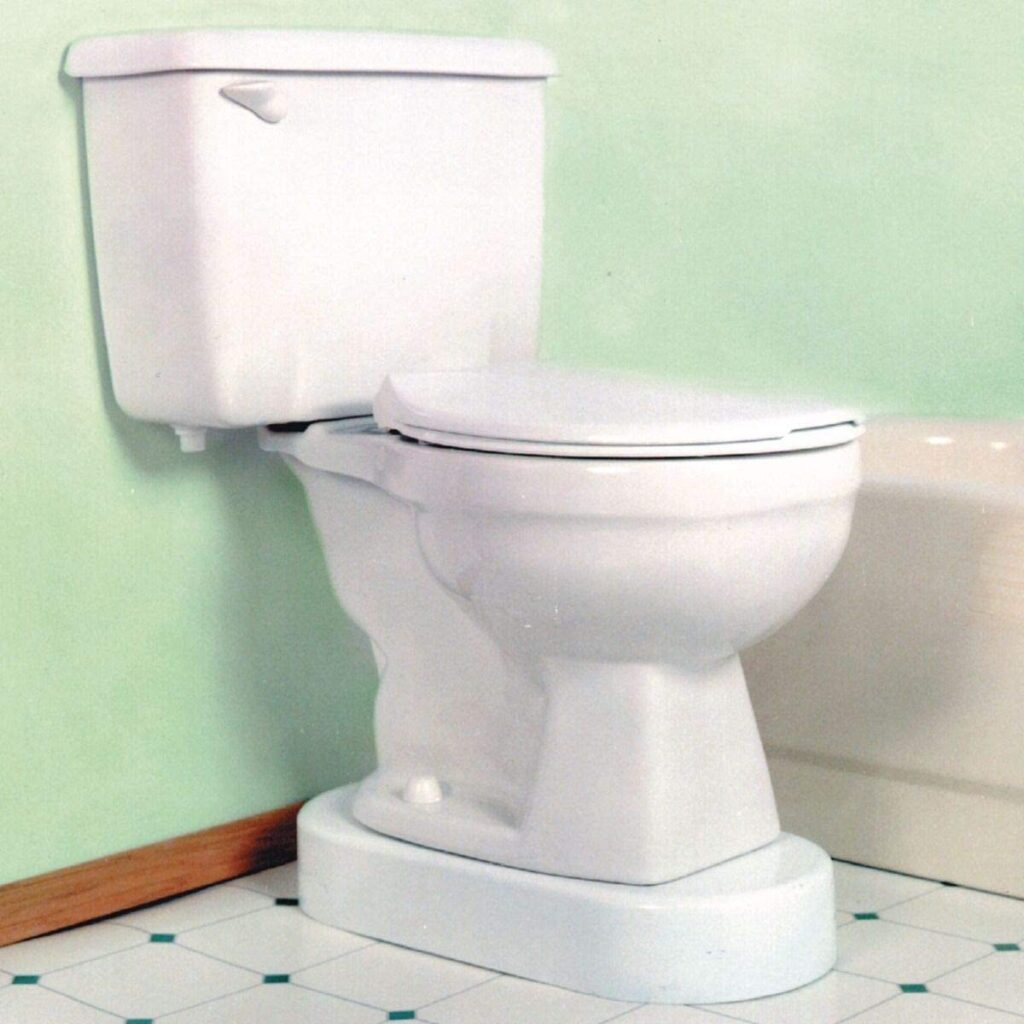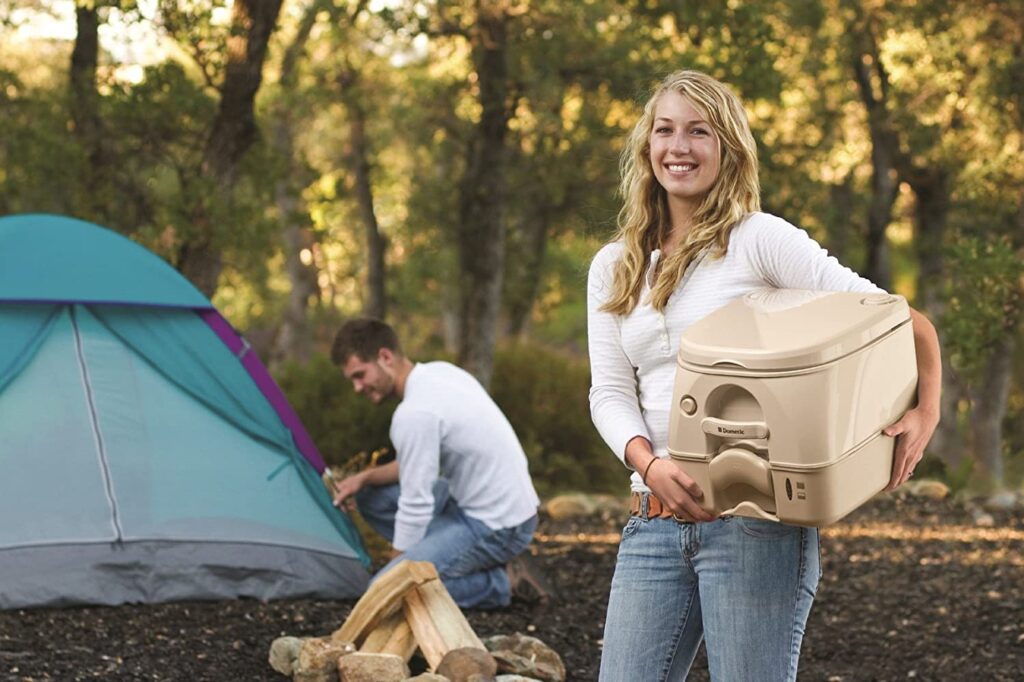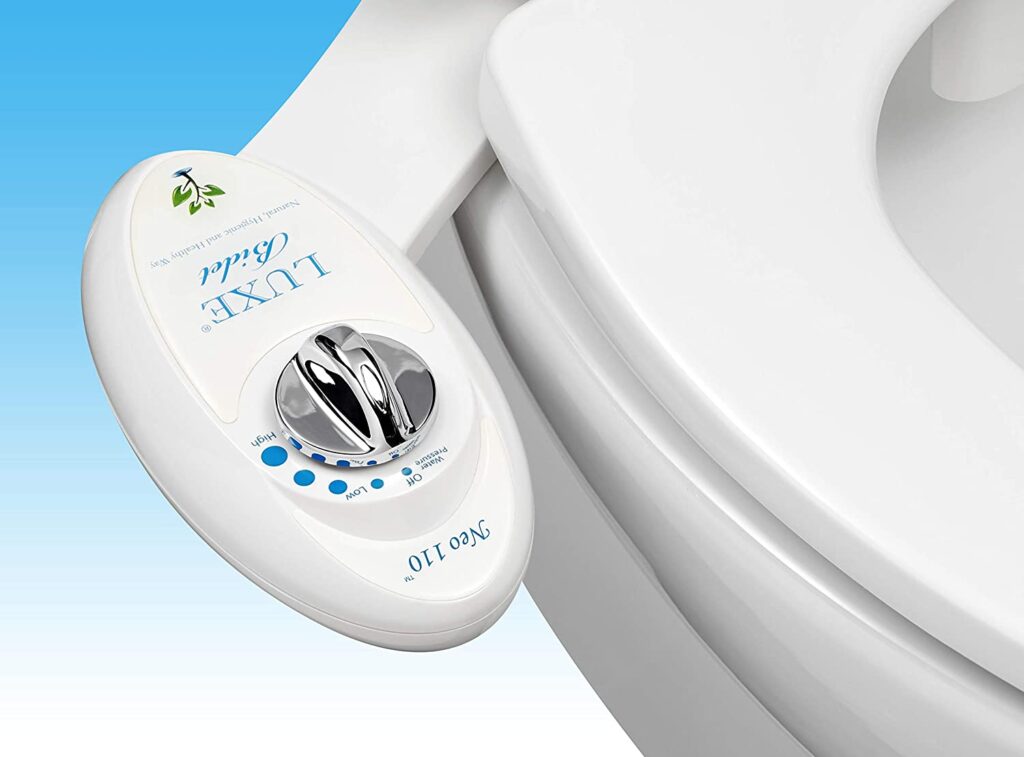Replacing a shower cartridge is an essential task to ensure your shower works smoothly. Whether you’re experiencing poor water flow, temperature issues, or a leaking faucet, replacing the old cartridge can solve many common problems. In this guide, we’ll walk you through the process step-by-step in an easy-to-understand way, even if you’re a DIY beginner.
Table of Contents
What is a Shower Cartridge?
A shower cartridge is a small device located inside the faucet that controls water flow and temperature. Over time, cartridges wear out, especially in areas with hard water. Replacing a faulty cartridge is often more cost-effective and simpler than replacing the entire faucet.
Tools and Materials You’ll Need
Before starting the job, gather all the necessary tools and materials. Here’s what you’ll need:
Tools:
-
Adjustable wrench – To loosen and tighten nuts and bolts.
-
Screwdriver – For removing screws holding the handle in place.
-
Cartridge puller (optional) – This tool helps if the cartridge is stuck or difficult to remove.
-
Plumber’s tape – For sealing any threaded connections.
-
Rags or towels – To clean and catch any water.
Materials:
-
Replacement shower cartridge – Be sure to buy a cartridge that’s compatible with your faucet model.
-
Plumber’s grease (optional) – For lubricating parts during reassembly.
Step-by-Step Guide to Replacing a Shower Cartridge
Follow these steps to replace your shower cartridge with ease.
Step 1: Turn Off the Water Supply
The first thing you need to do is turn off the water supply to your shower to avoid a mess.
-
Locate the water shut-off valve – This is typically found near your water meter or underneath the sink. Turn it off completely.
-
Release the pressure – After shutting off the valve, turn the shower handle on to allow any remaining water to drain from the pipes.
Step 2: Remove the Shower Handle
Now that the water supply is off, you can remove the handle to access the cartridge.
-
Locate the screw holding the handle – Some shower handles have a visible screw, while others may hide it under a decorative cap.
-
Remove the screw – Use a screwdriver to take out the screw.
-
Pull off the handle – Once the screw is removed, gently pull the handle off. If it’s stuck, you can use a flathead screwdriver to pry it loose carefully.
Step 3: Remove the Trim and Escutcheon Plate
With the handle removed, you can now access the trim and escutcheon plate, which covers the cartridge.
-
Unscrew the trim plate – Use your screwdriver to unscrew and remove the trim plate, which might be secured with a couple of screws.
-
Take off the escutcheon – The escutcheon plate may be attached to the valve stem, so gently pull it off once the screws are removed.
Step 4: Remove the Old Shower Cartridge
Now, you can see the cartridge inside the valve. It may be held in place by a retaining nut or clip.
-
Loosen the retaining nut – Use an adjustable wrench to loosen and remove the retaining nut. This may take some force, especially if it’s been in place for years.
-
Remove the cartridge – If the cartridge doesn’t come out easily, you can use a cartridge puller. If you don’t have one, try twisting the cartridge gently back and forth while pulling it out. If it’s still stuck, tap it lightly with a rubber mallet to loosen it.
Step 5: Prepare and Install the New Cartridge
Once the old cartridge is out, it’s time to install the new one.
-
Compare the old and new cartridges – Ensure the new cartridge matches the old one. If they are different, check if you have the correct replacement part.
-
Lubricate the cartridge (optional) – Apply a small amount of plumber’s grease to the O-rings or cartridge body to help with installation and prevent leaks.
-
Insert the new cartridge – Carefully slide the new cartridge into the valve body. Make sure it’s aligned properly by following the same orientation as the old one.
-
Secure the retaining nut – Tighten the retaining nut back onto the cartridge using your wrench.
Step 6: Reassemble the Faucet Components
With the new cartridge in place, it’s time to put everything back together.
-
Reattach the trim and escutcheon – Place the escutcheon plate and trim plate back over the valve and screw them back into place.
-
Reinstall the shower handle – Slide the handle back onto the valve stem and secure it with the screw you previously removed.
Step 7: Turn On the Water Supply
Finally, turn the water supply back on and check your work.
-
Slowly turn on the water – Gradually open the water valve and check for leaks around the handle and cartridge.
-
Test the shower – Turn on the shower and adjust the temperature to ensure proper water flow and temperature control.
Video Guide:
Common Issues and Troubleshooting
While replacing the shower cartridge is straightforward, you might encounter a few issues. Here’s how to handle them:
-
If the cartridge won’t budge – Apply some penetrating oil to loosen it. Give it a few minutes before trying again.
-
Water flow problems – If you still have low water pressure, there may be a clog in the pipes or a faulty cartridge. Check that the new cartridge is fully seated and the valve is clean.
-
Leaks after installation – If you notice leaks, double-check that the retaining nut is tight and the cartridge is properly aligned.
Conclusion
Replacing a shower cartridge is a simple yet essential task for keeping your shower functioning properly. By following these easy-to-understand steps, you can tackle this DIY project yourself and save money on professional repairs. If the problem persists, however, it might be time to call a plumber.
Remember, regular maintenance of your shower can prevent future issues and help you avoid costly repairs down the road. Happy shower fixing!







